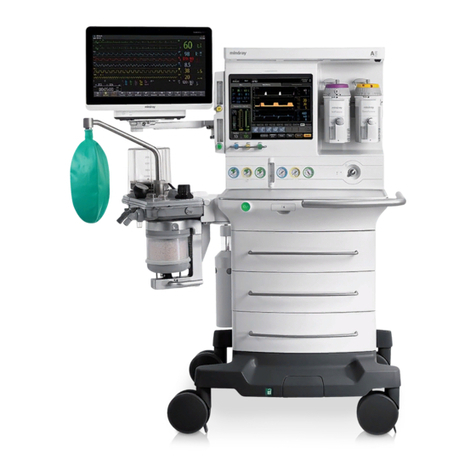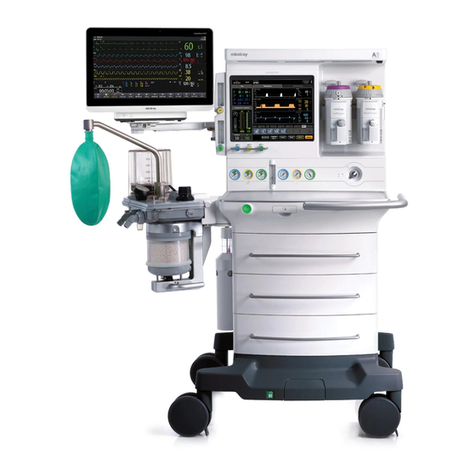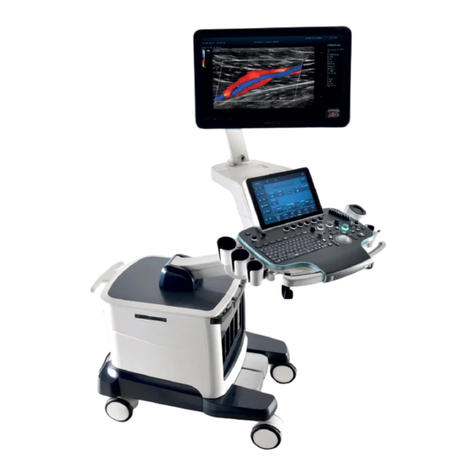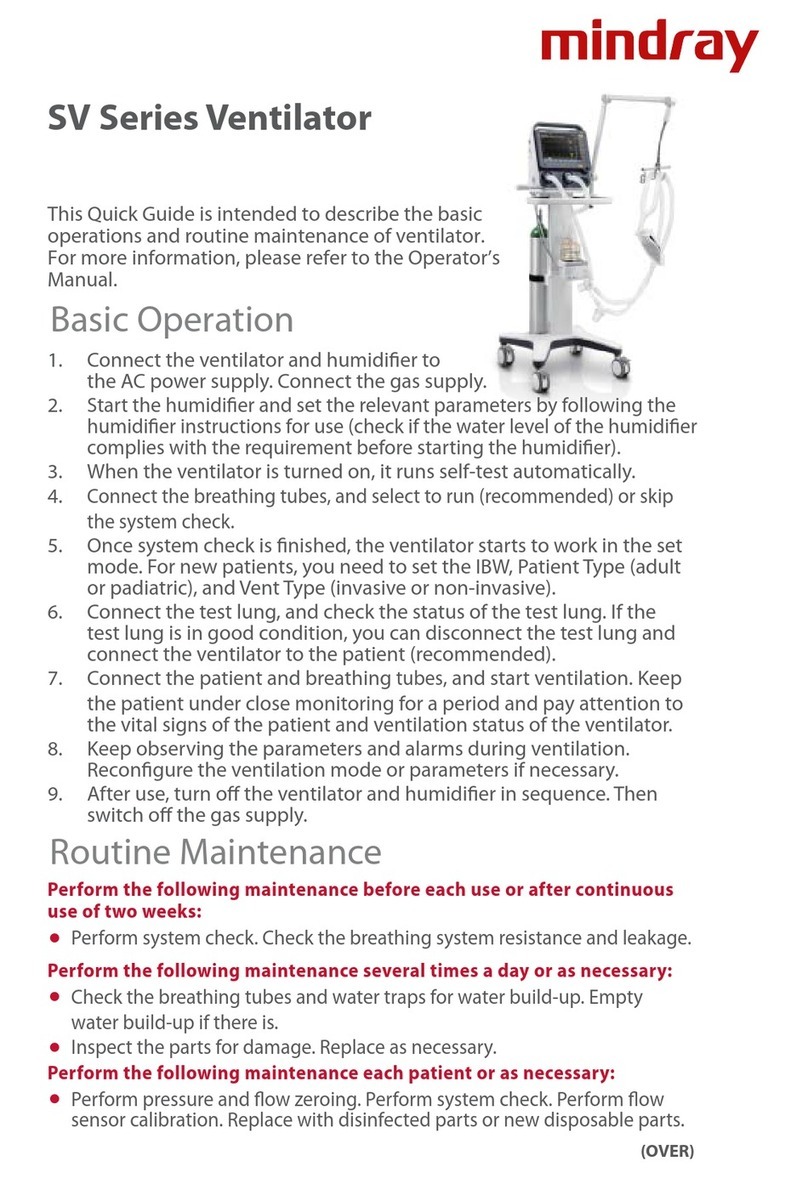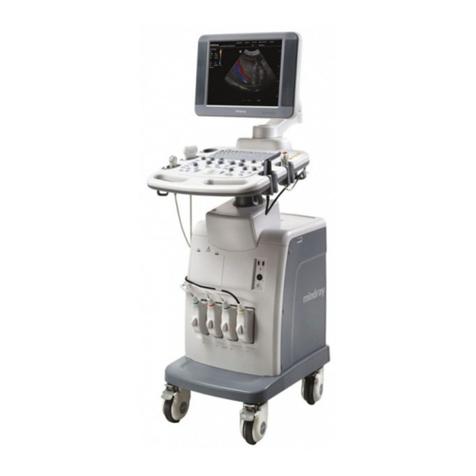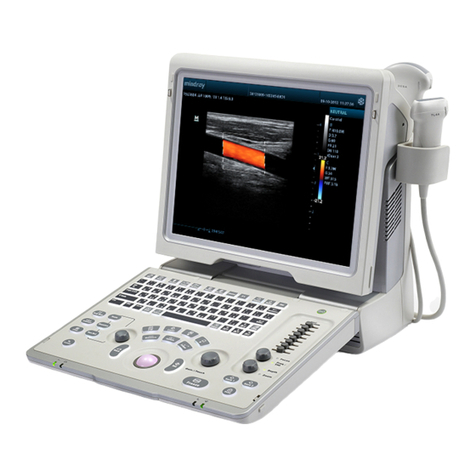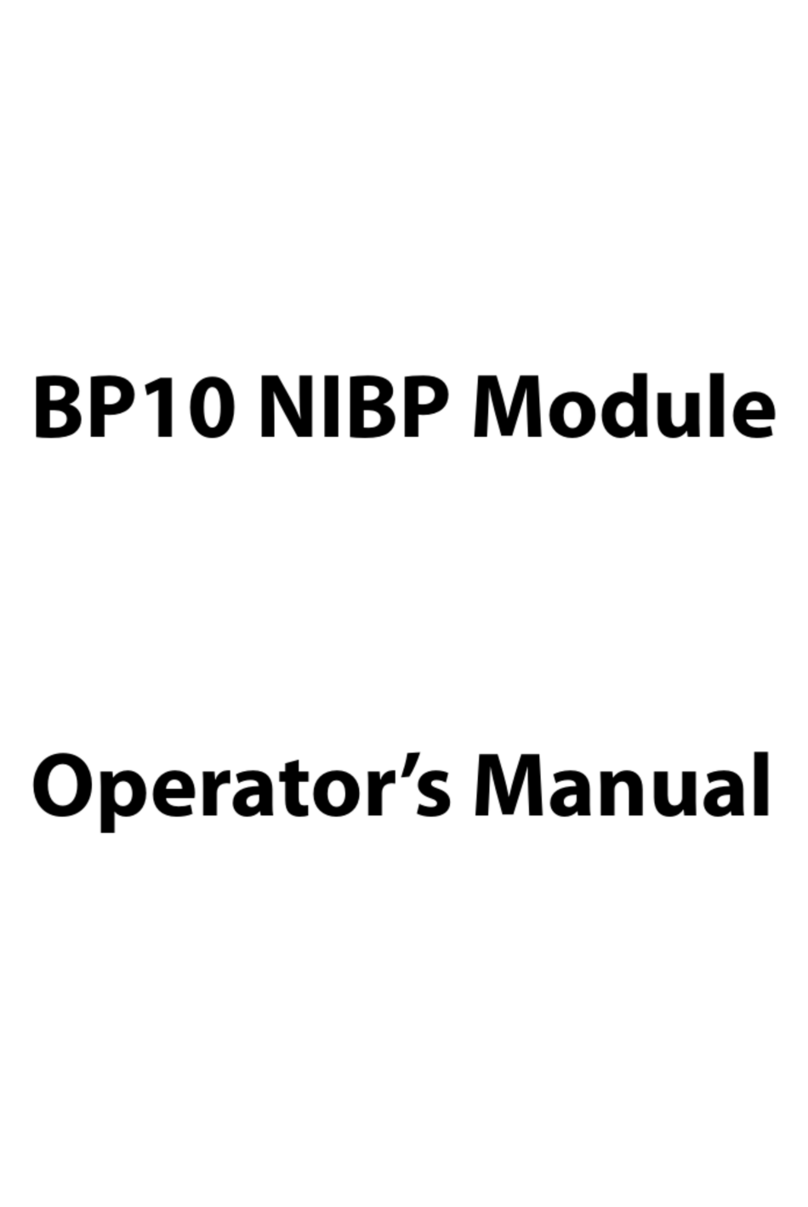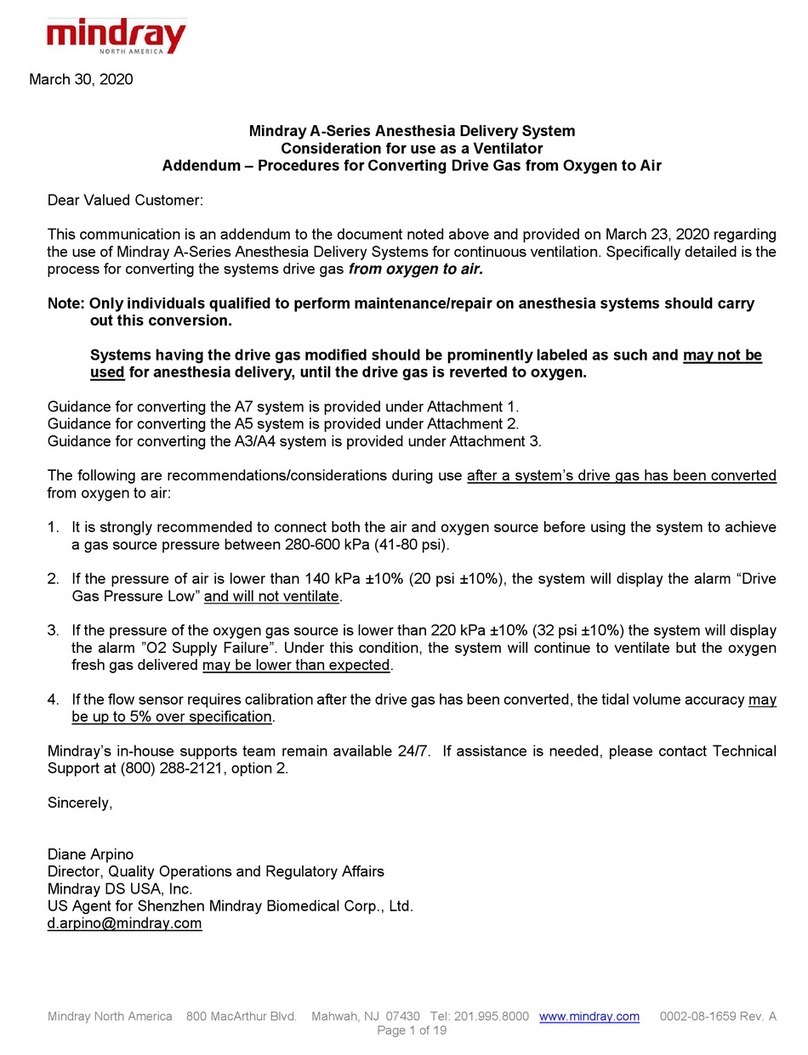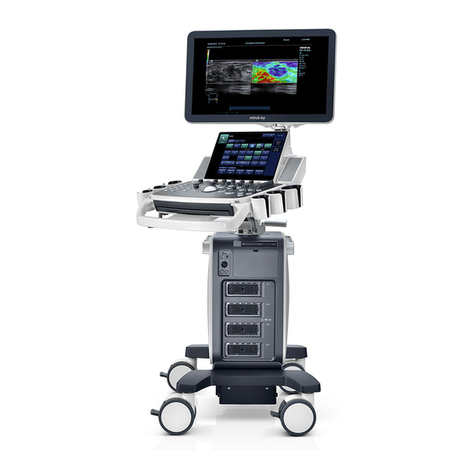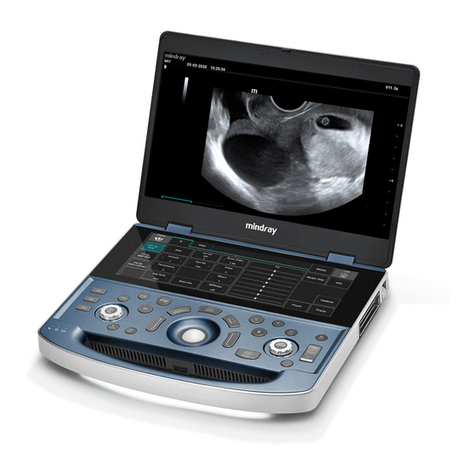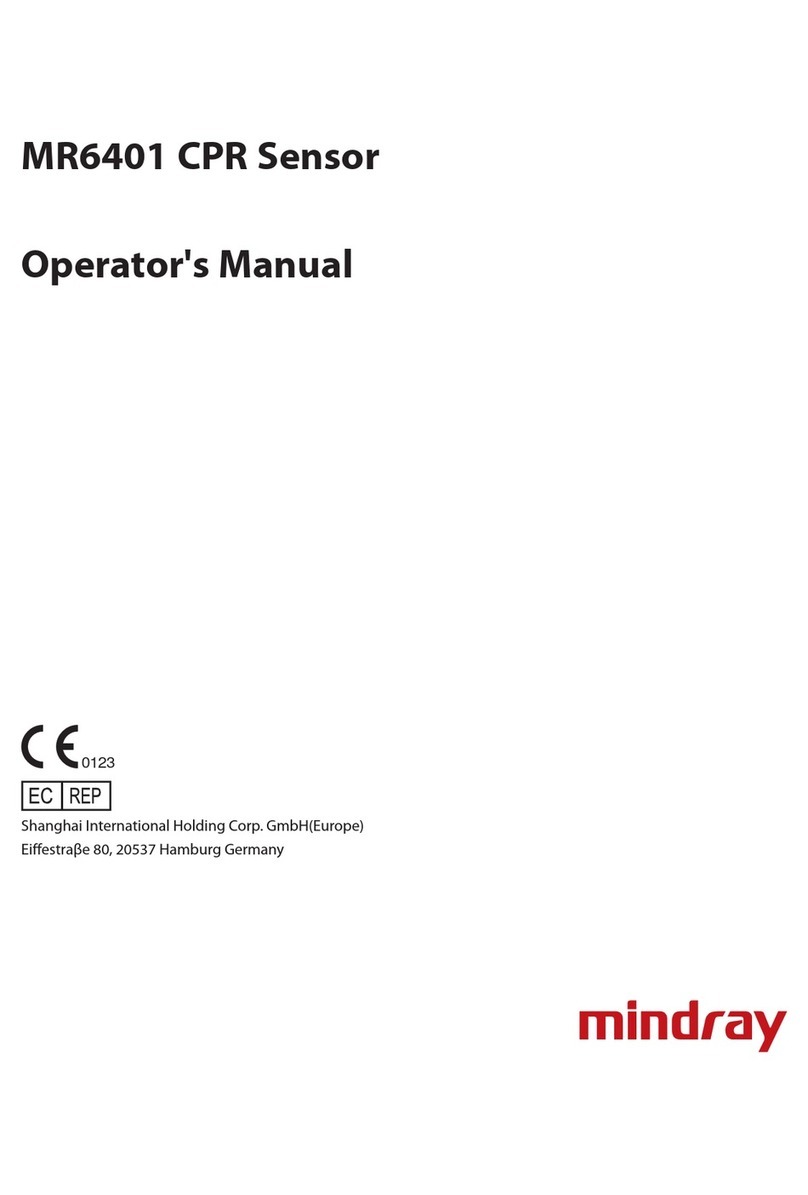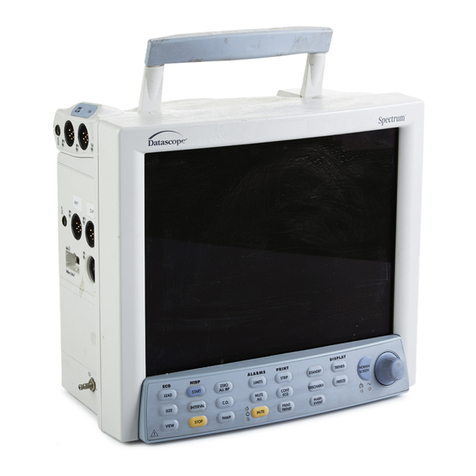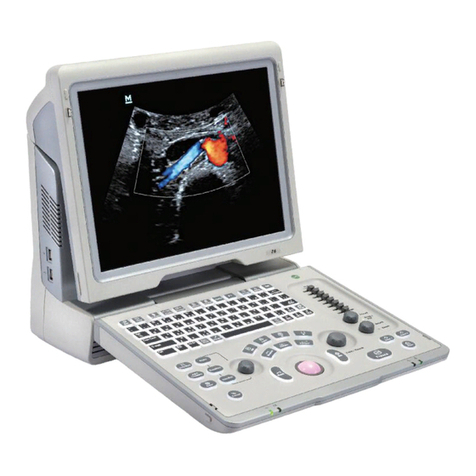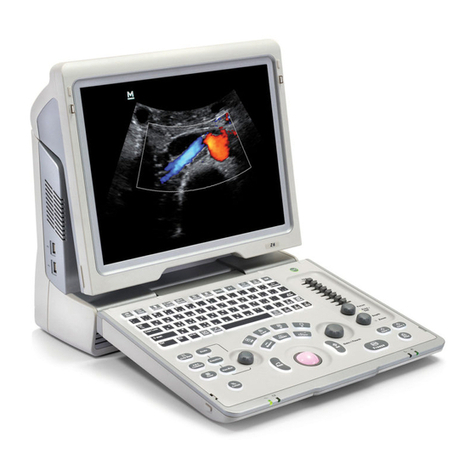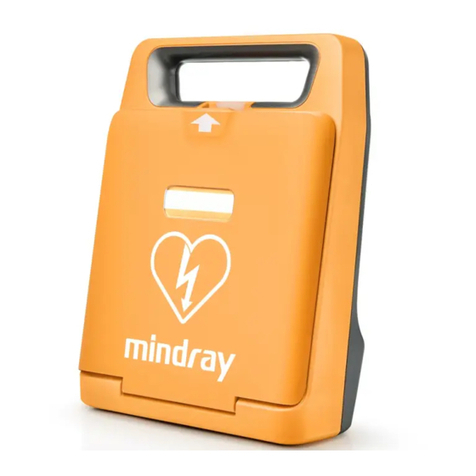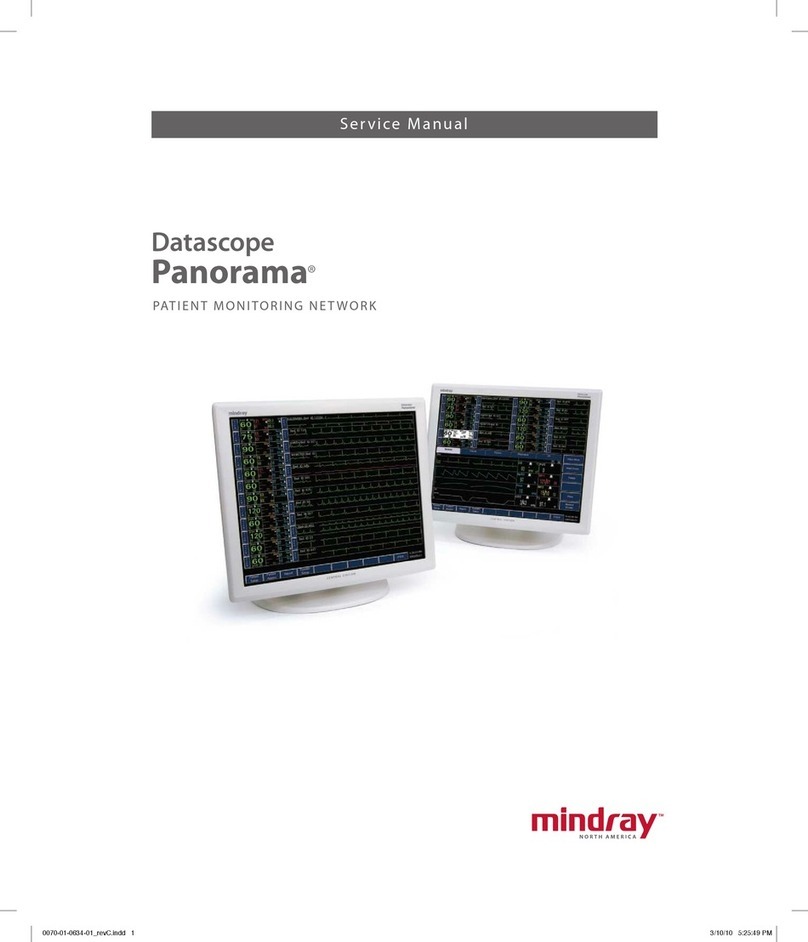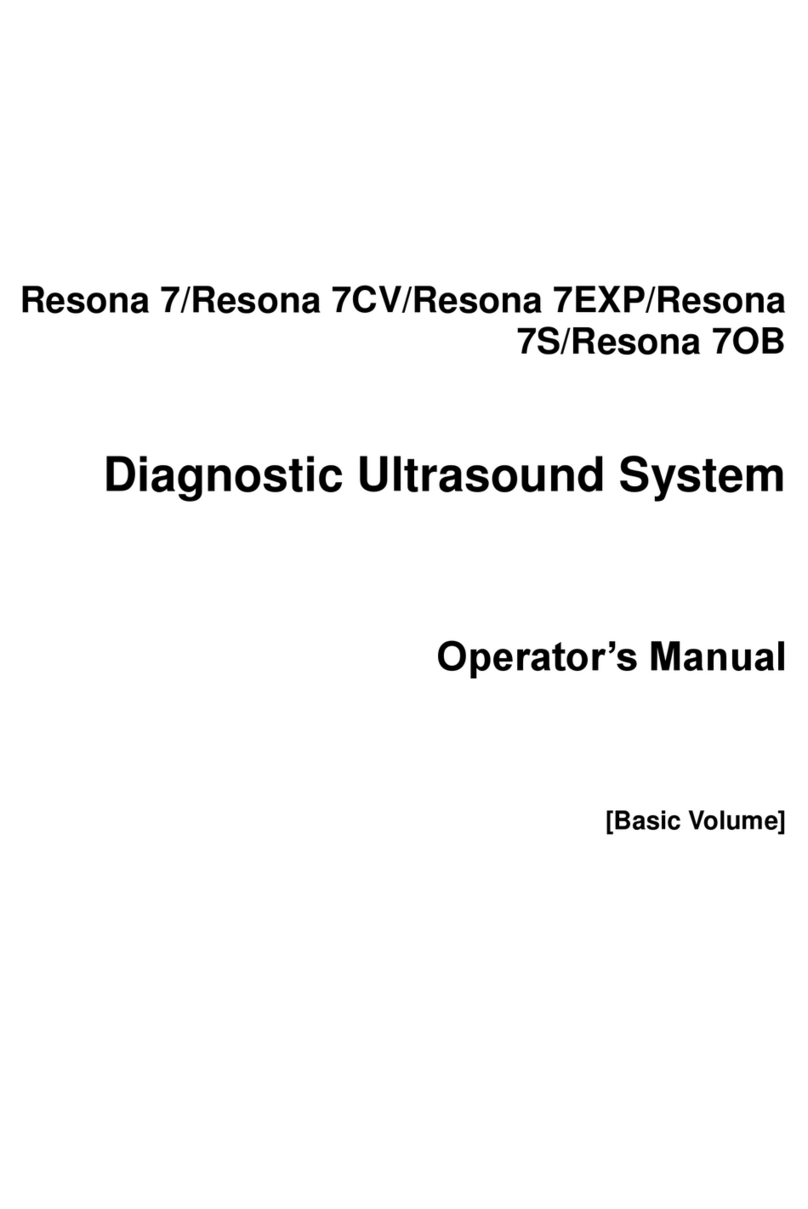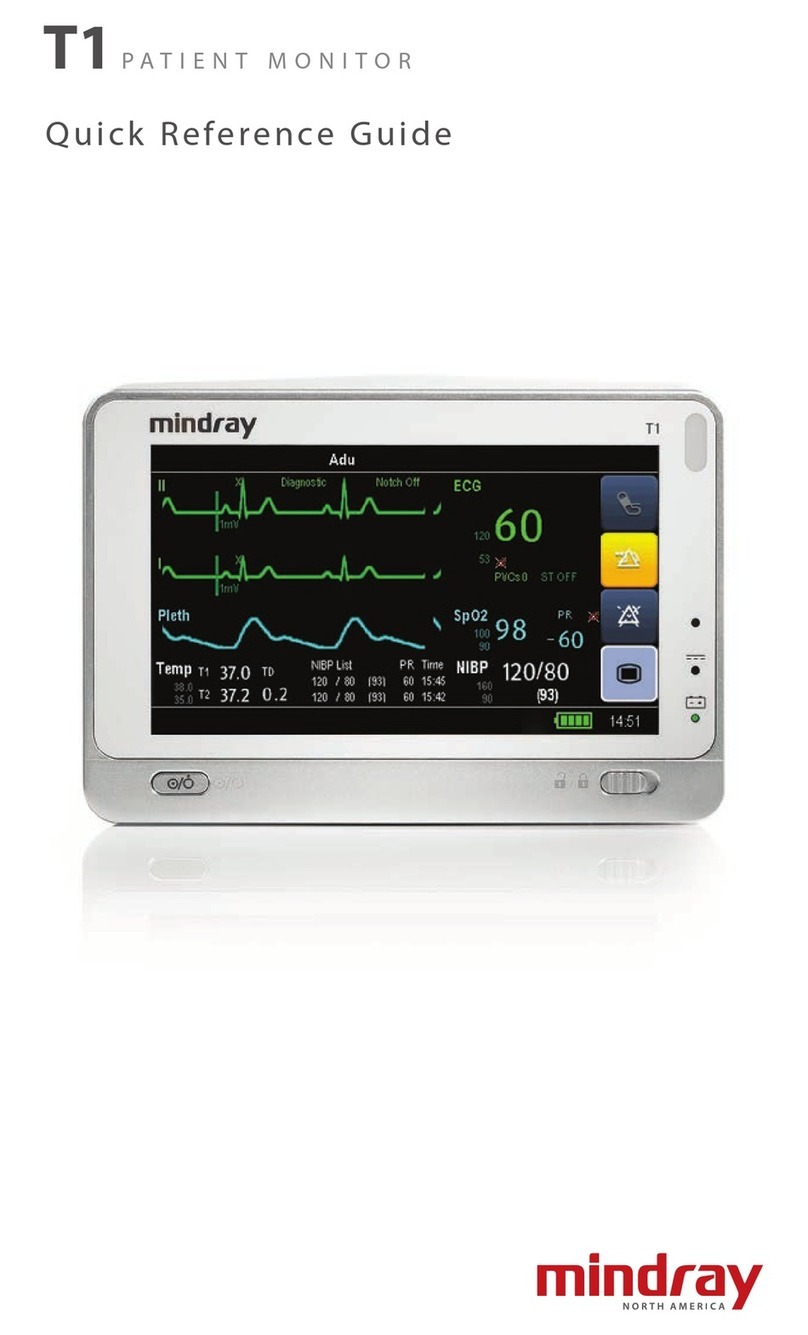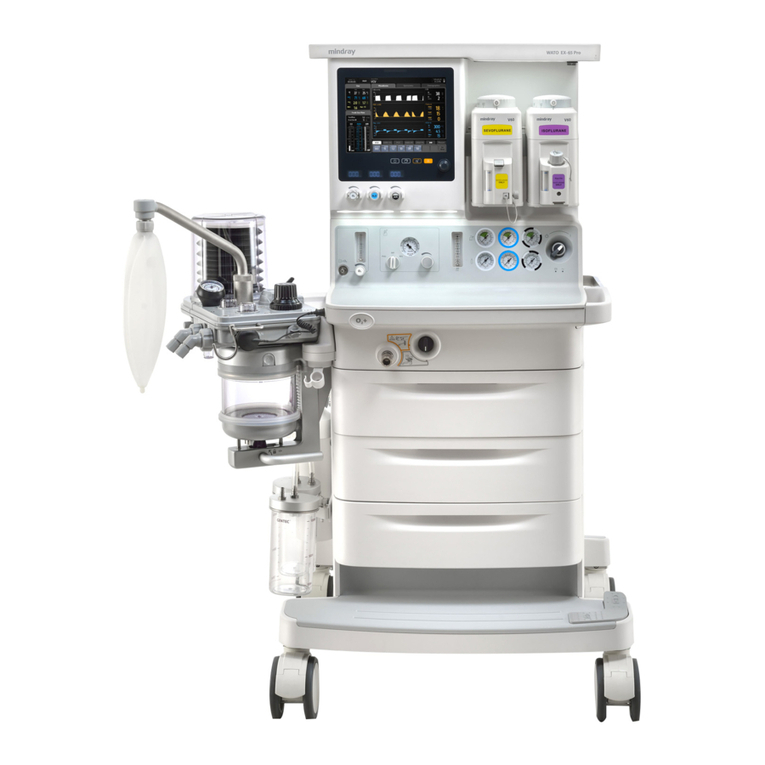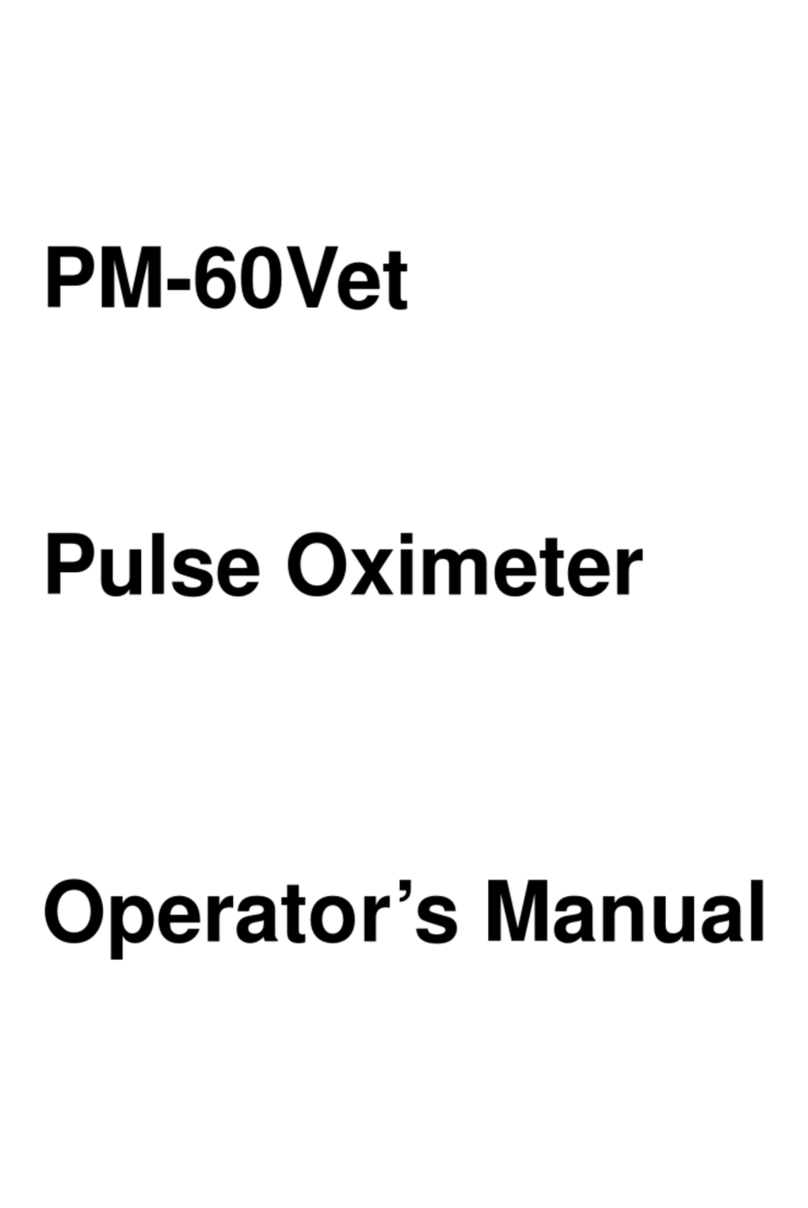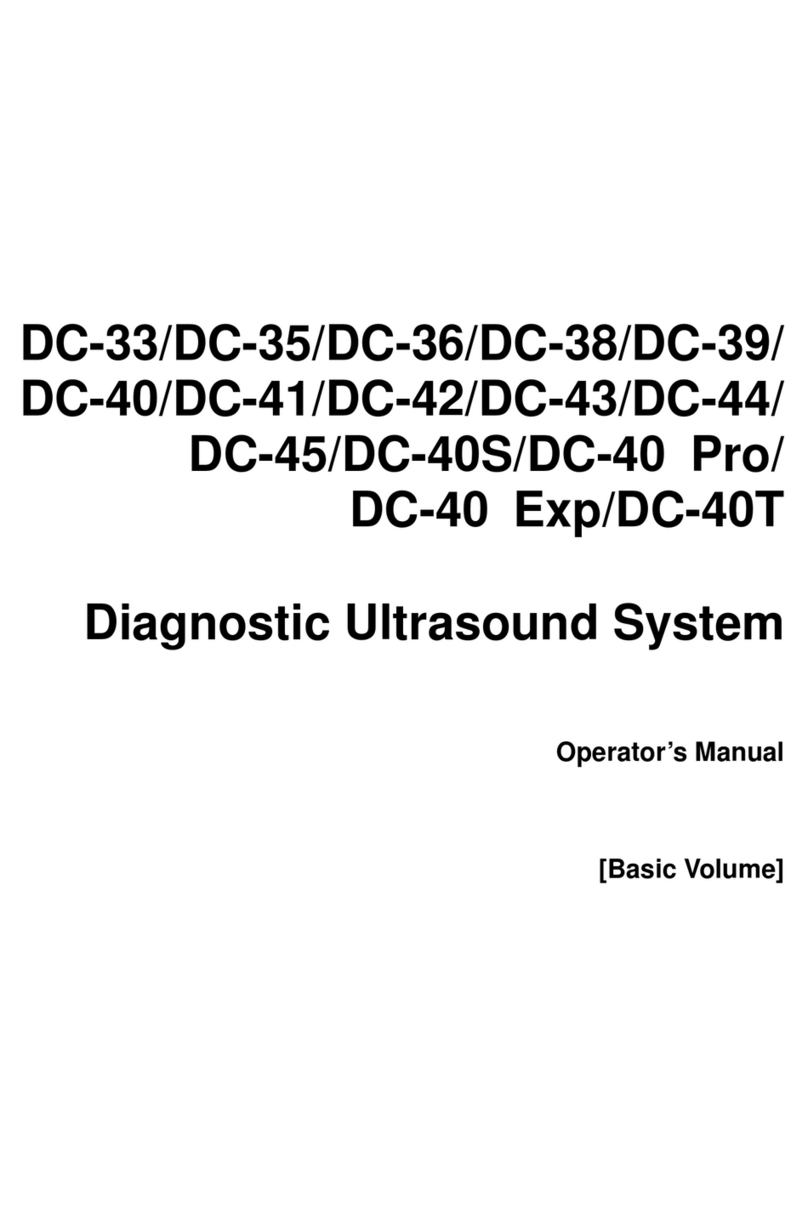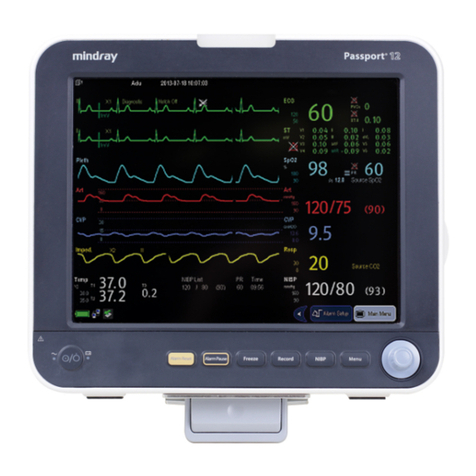
1
Contents
1 Safety................................................................................................................................. 1-1
1.1 Safety Information ..........................................................................................................1-1
1.1.1 Dangers .............................................................................................................. 1-2
1.1.2 Warnings............................................................................................................. 1-2
1.1.3 Cautions ............................................................................................................. 1-2
1.1.4 Notes .................................................................................................................. 1-2
1.2 Equipment Symbols........................................................................................................ 1-3
2 Theory of Operation ........................................................................................................ 2-1
2.1 Introduction..................................................................................................................... 2-1
2.2 System Connections........................................................................................................ 2-1
2.2.1 Mounting the Pulse Oximeter ............................................................................ 2-1
2.2.2 Connectors for Peripheral Devices..................................................................... 2-2
2.3 Main Unit........................................................................................................................ 2-3
2.3.1 Main Control Unit.............................................................................................. 2-3
2.3.2 Power Supply..................................................................................................... 2-6
2.3.3 Main Board Interfaces........................................................................................ 2-9
2.3.4 SpO2Module.................................................................................................... 2-10
2.3.5 Charger stand ....................................................................................................2-11
3 Testing and Maintenance................................................................................................. 3-1
3.1 Introduction..................................................................................................................... 3-1
3.1.1 Test Report ......................................................................................................... 3-2
3.1.2 Recommended Frequency.................................................................................. 3-2
3.2 Visual Test....................................................................................................................... 3-3
3.3 Power On Test................................................................................................................. 3-3
3.4 Performance Tests...........................................................................................................3-4
3.4.1 SpO2Test............................................................................................................ 3-4
3.4.2 SpO2Test in Motion Mode................................................................................. 3-4
3.5 Electrical Safety Tests.....................................................................................................3-5
3.5.1 Enclosure Leakage Current Test......................................................................... 3-6
3.5.2 Patient Leakage Current Test ............................................................................. 3-6
3.6 Output Interface Test.......................................................................................................3-7
3.6.1 RS232 Port test................................................................................................... 3-7
3.6.2 Infrared Output Test ........................................................................................... 3-7
3.7 Program Upgrade............................................................................................................ 3-8
4 Troubleshooting................................................................................................................ 4-1
4.1 Introduction..................................................................................................................... 4-1
